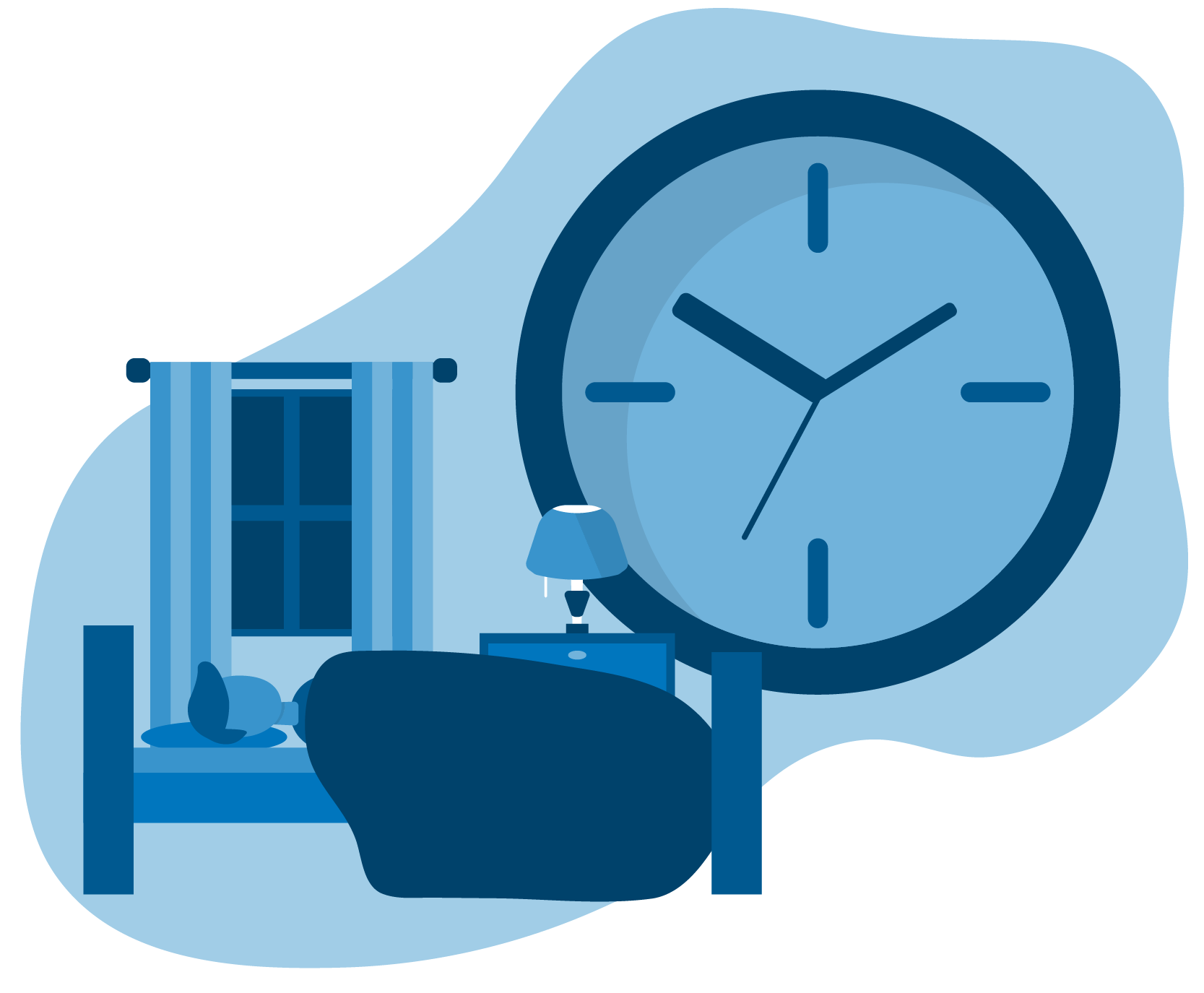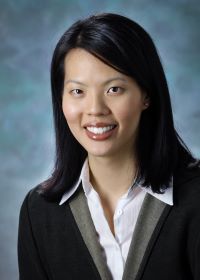FY20 Annual Report: Medical Specialty
Safety, Convenience and Simplicity

Medical services across the country were disrupted by the COVID-19 pandemic in fiscal year 2020, and the Johns Hopkins Community Physicians (JHCP) neurology section had to pivot quickly in response.
The Sleep Disorders Center at Sibley Memorial Hospital was transitioned into space for patients with COVID-19. Displaced, the center’s team had to adapt to the changing health care environment. While working on opening a sleep center in a different location, the team members ramped up their use of home sleep testing (HST), specifically for diagnosis and monitoring of sleep apnea.
The neurology department leadership chose to focus its efforts on WatchPAT — essentially a wristwatch worn by the patient overnight that monitors peripheral arterial tone to help detect sleep and respiratory events, as well as oxygen levels, heart rate, movement, snoring and body positions. With the safety of patients and staff members at top of mind, leadership created a workflow that limited in-person touch points. Carolyn Wang, JHCP medical director for the neurology section, explains that the singular technician completes a video visit with a prospective patient, teaches them how to set-up the device and then schedules them to pick up the device later in the day. The patient wears it overnight and delivers it back to the hospital the next day. “Like so many companies and services these days, we’ve employed curbside pickup and drop-off,” Wang explains. “Patients are really pleased with this workflow— everyone feels like they are just a little bit safer, including our staff.”
 Carolyn Wang, D.O., Medical Director for Neurology at JHCP
Carolyn Wang, D.O., Medical Director for Neurology at JHCPWatchPAT is easier to clean compared to other home sleep devices, including the ApneaLink Air, which the department put on the backburner to focus on safety. With only 12–15 WatchPAT devices active at one time, and only one technician, HST volumes doubled by the end of fiscal year 2020, and even tripled going into FY 2021. Wang notes that with limited resources, they are at full capacity. Increased volumes may also be a result of many local non-Johns Hopkins Medicine sleep centers closing. Wang says she is happy that Johns Hopkins has been able to provide this service, since there is such a great need in the community for the monitoring of sleep disordered breathing.
Even beyond COVID-19, Wang says HST technology will continue to be used. “There’s always going to be a need for home sleep testing,” she says, “particularly for our younger and healthier patients. It’s convenient for them, and acts as a great screening tool to catch people who might not otherwise go for an in-person sleep study.”
Sleep apnea screening is integral to the neurology specialty’s work. According to Wang, sleep apnea has a prevalence up to 35% in populations with neurological conditions, including patients with neuromuscular diseases, Parkinson’s disease, stroke and memory disorders. Perhaps more impactful than its benefit to cardiovascular health, treating sleep apnea directly improves quality of life — the impacts can be felt across all medical specialties and can boost overall health.
"If people don’t get tested, they will never get diagnosed."
“If people don’t get tested, they will never get diagnosed,” notes Wang. That is why the safety, convenience and simplicity of HST — particularly during the COVID-19 pandemic — are so important to the pursuit of managing sleep apnea.
